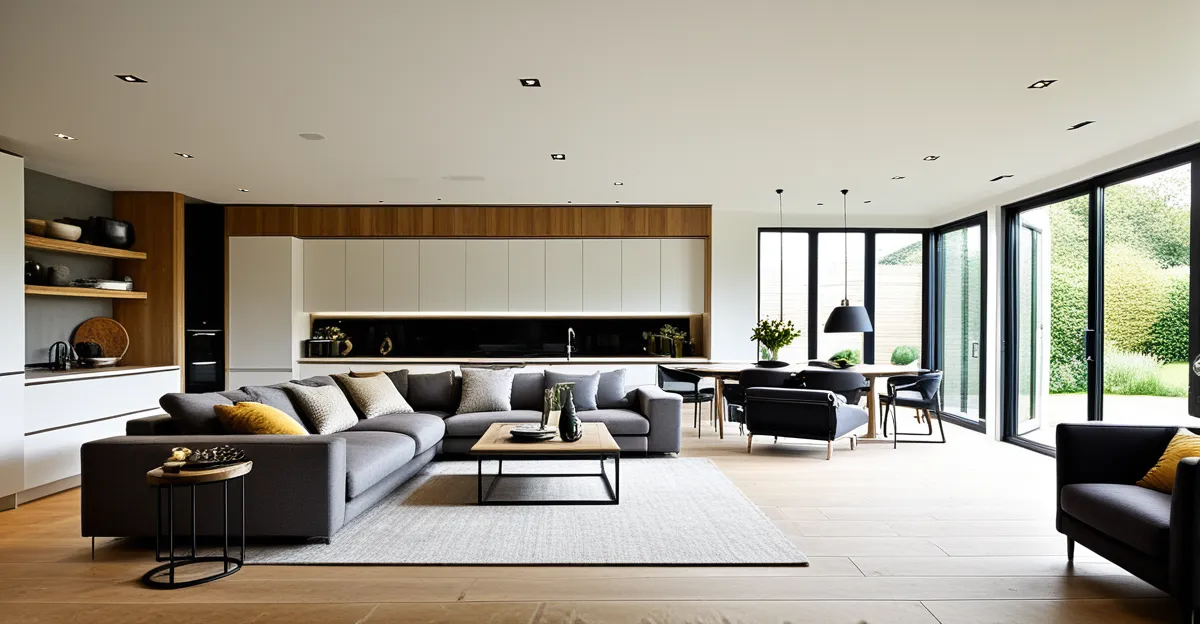The Impact of Modern UK Interior Design on Daily Life
Modern UK home interiors significantly influence residents’ quality of life by merging style with function. Contemporary design benefits go beyond aesthetics; they actively shape daily experiences, enhancing well-being and productivity. For instance, well-planned spaces with natural light and uncluttered layouts foster relaxation and reduce stress, directly impacting mental health.
How does modern UK interior design affect family dynamics? Thoughtful design encourages social interaction by creating inviting, flexible areas that accommodate various activities. This helps strengthen bonds and improve communication within households. Additionally, ergonomic furniture and functional layouts limit physical strain, promoting comfort throughout the day.
In the same genre : How Can You Elevate Your UK Living Space with Innovative Design Features?
The psychological advantages are clear: contemporary design elements like soothing colour palettes and biophilic touches positively affect mood and focus. Integrating these into domestic settings helps occupants feel more energised and at ease.
Moreover, practical features tailored to lifestyle needs—such as smart storage or multi-purpose rooms—support efficient routines. This results in a harmonious environment where both work and leisure thrive, proving that modern UK home interiors shape lives holistically.
Also to see : How Can You Transform Your Home Decor With Small Budget-Friendly Changes?
Key Design Trends Shaping Modern UK Homes
Delving into UK interior design trends reveals a shift towards styles that balance aesthetics with functionality. Predominantly, minimalist and Scandinavian influences prevail, emphasising clean lines, neutral tones, and natural textures. These styles support the contemporary design benefits of uncluttered, calm environments that enhance the overall quality of life by reducing visual stress and fostering serenity.
Biophilic design is gaining traction within modern UK home interiors, incorporating plant life and natural materials to strengthen occupants’ connection with nature. This trend positively impacts mental well-being by creating spaces that feel alive and refreshing.
Additionally, smart home integration is a significant feature of current UK interiors. Technology enables residents to customise lighting, heating, and security, improving comfort and convenience. Sustainability also plays a crucial role; eco-friendly materials and energy-efficient solutions are increasingly preferred, reflecting a practical, future-minded approach.
Colour palettes often include soft, muted shades paired with occasional vibrant accents, enhancing mood and complementing various room functions. Open-plan layouts remain popular, promoting social interaction and adaptability.
Together, these trends show how modern UK home interiors evolve to meet contemporary needs, blending style with meaningful improvements to daily living.









